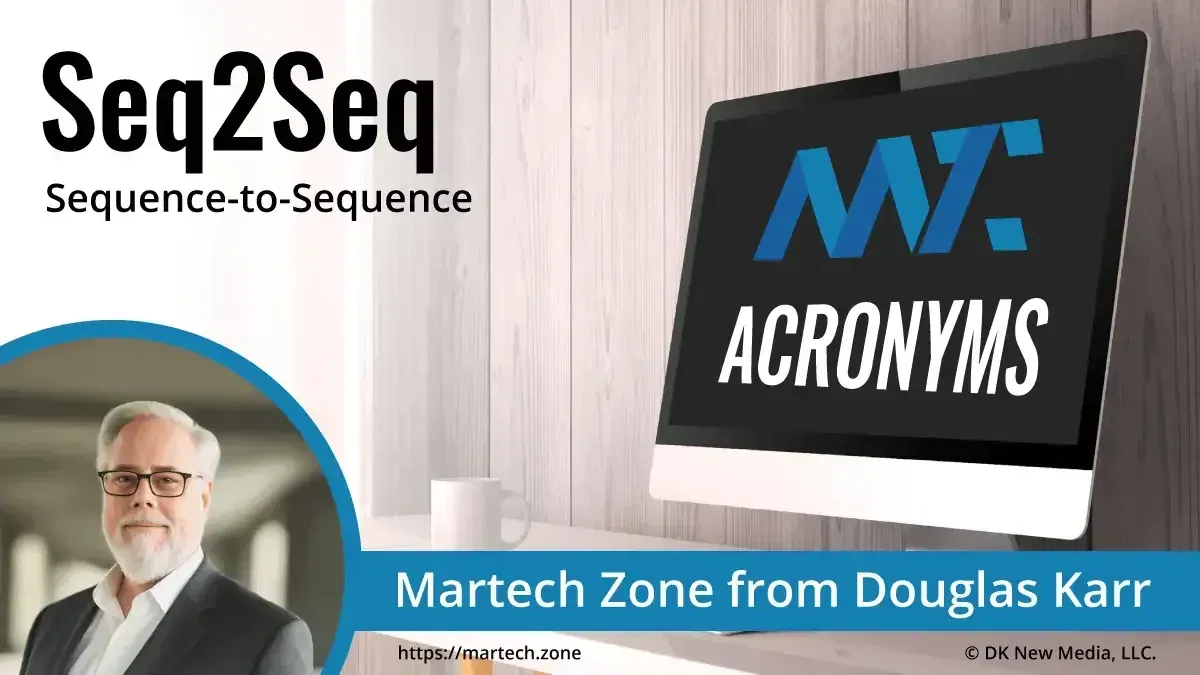A type of neural network architecture used primarily for natural language processing tasks involving converting sequences from one domain to sequences in another, such as machine translation, text summarization, and question-answering. These models have been instrumental in developing Neural Machine Translation (NMT) systems, enabling translations that are more accurate and contextually relevant than previous approaches. A Seq2Seq model typically consists of two main components:
- Encoder: The encoder processes the input sequence (e.g., a sentence in the source language) and converts it into a fixed-sized context vector. This vector represents the entire input sequence and aims to capture its semantic essence.
- Decoder: The decoder takes the context vector produced by the encoder and generates the output sequence (e.g., the translated sentence in the target language), one element at a time. Given the previous elements and the context vector, it is trained to predict the next element in the sequence.
Key Features
- Attention Mechanism: Many Seq2Seq models incorporate an attention mechanism, which allows the decoder to focus on different parts of the input sequence while generating each word of the output sequence. This improves the model’s ability to handle long input sequences and maintain contextual relevance.
- Recurrent Neural Networks (RNNs), Long Short-Term Memory (LSTM) Networks, and Transformer Models: Seq2Seq models can be implemented using various types of neural networks. Initially, RNNs and LSTMs were common, but more recently, Transformer models have become the preferred approach due to their ability to handle sequences more efficiently and superior performance.
Seq2Seq models have a wide range of applications in the field of AI and natural language processing, including:
- Machine Translation (MT): Translating text from one language to another while maintaining the meaning and grammatical structure.
- Text Summarization: Creating concise summaries of longer texts while retaining the key information and overall meaning.
- Speech Recognition: Transcribing spoken language into text, and vice versa, for voice-activated systems.
- Chatbots and Conversational Agents: Generating natural and contextually relevant responses in chatbots and virtual assistants.
While Seq2Seq models have significantly advanced the capabilities of NLP applications, they also face challenges such as handling very long input sequences and managing the computational complexity of training. The introduction of the attention mechanism and the development of Transformer models have addressed some of these challenges, leading to improvements in both performance and efficiency.
